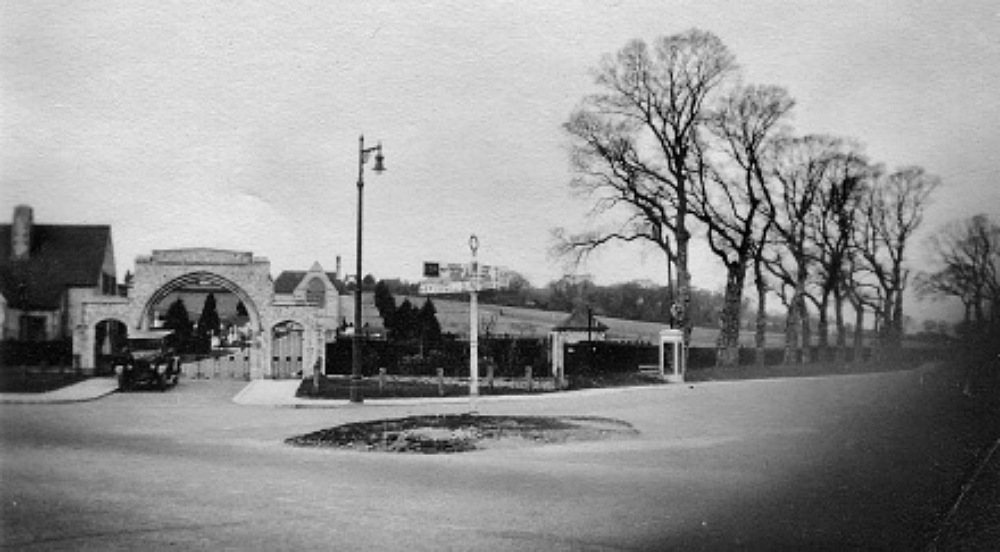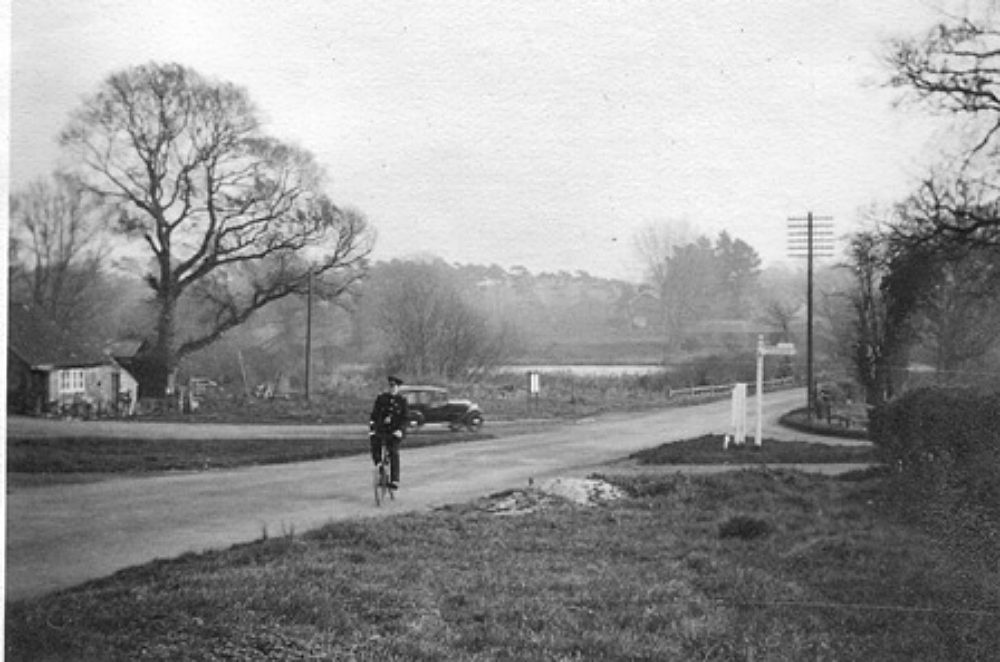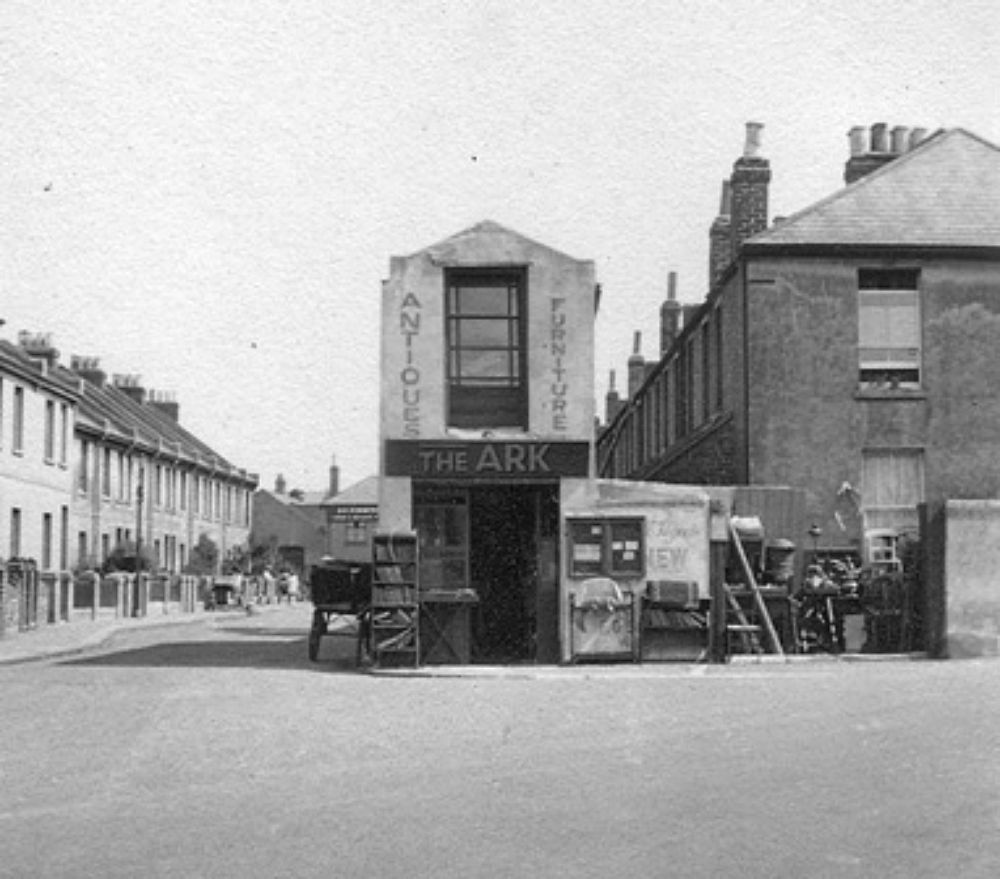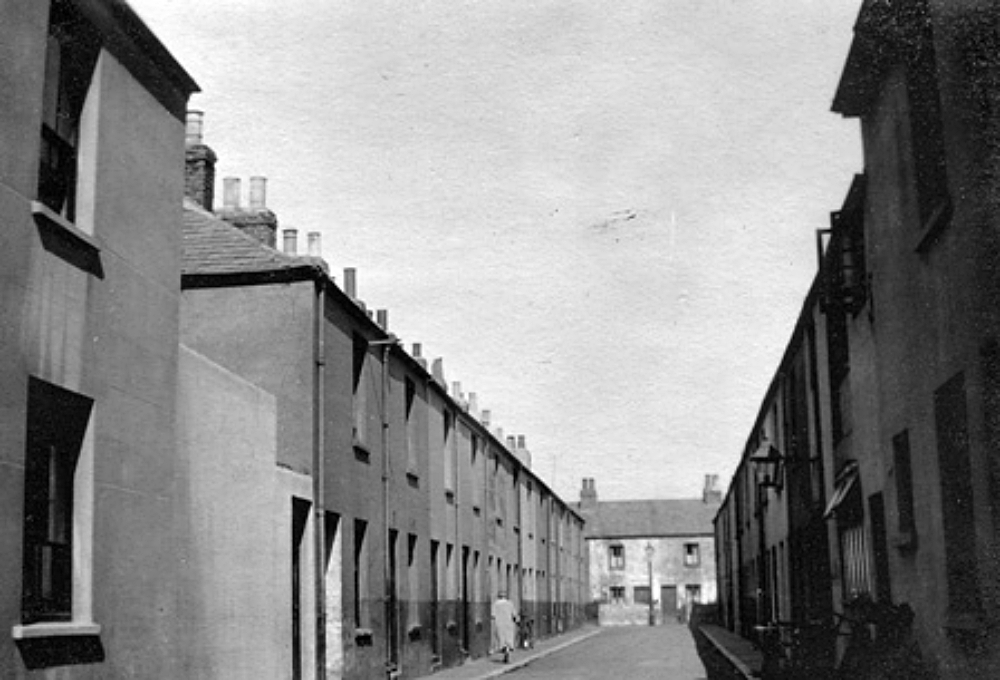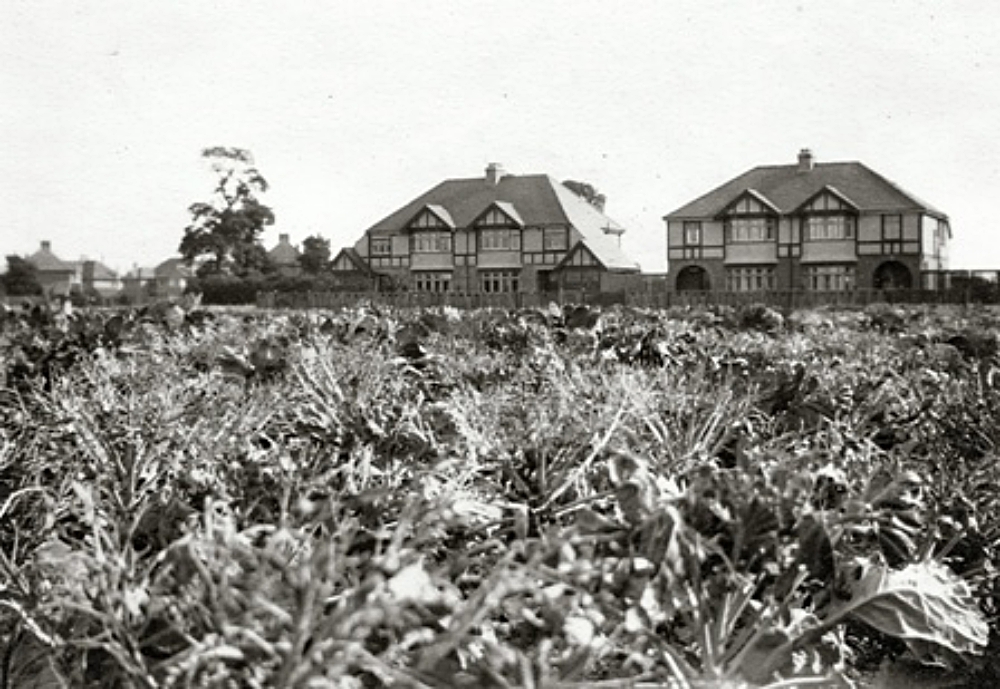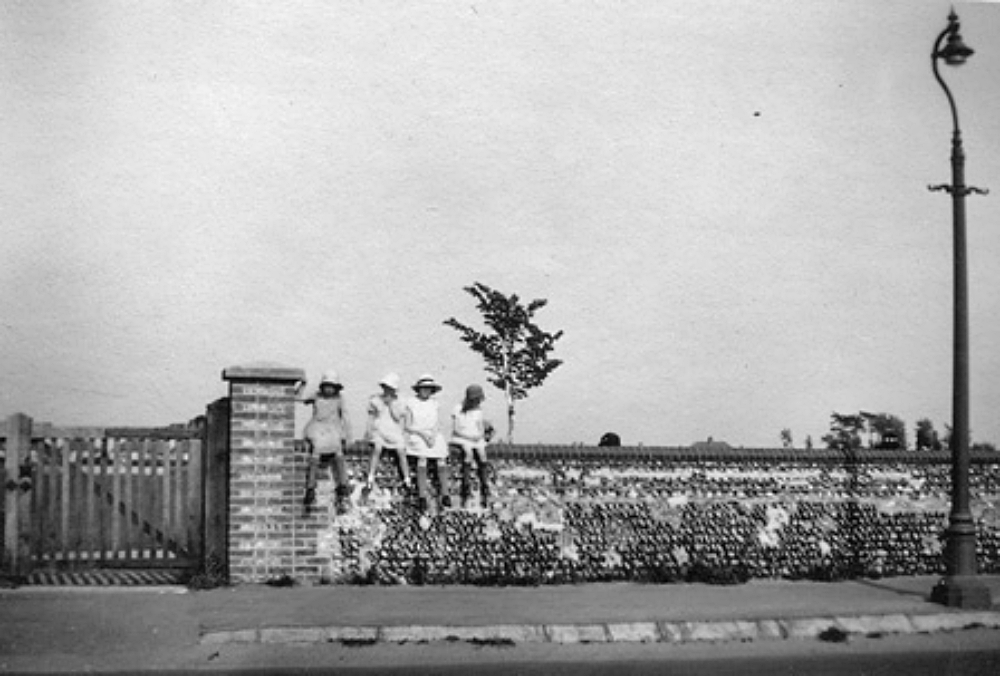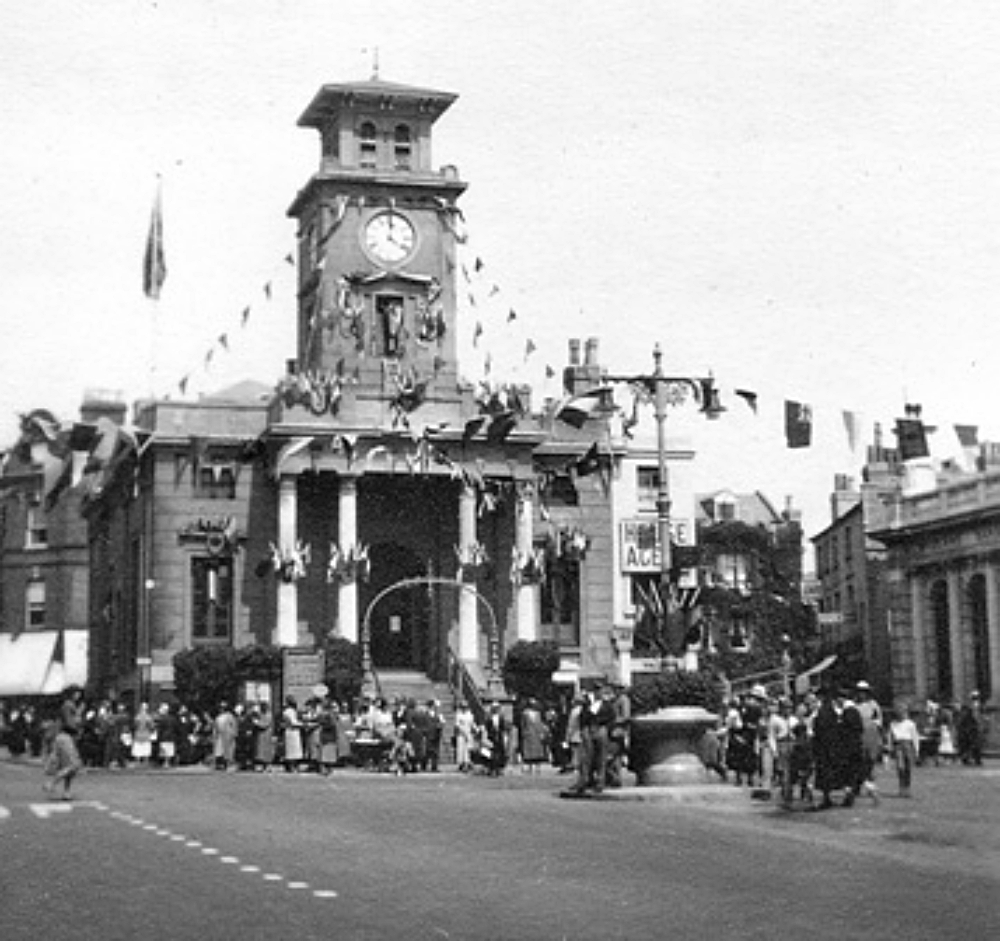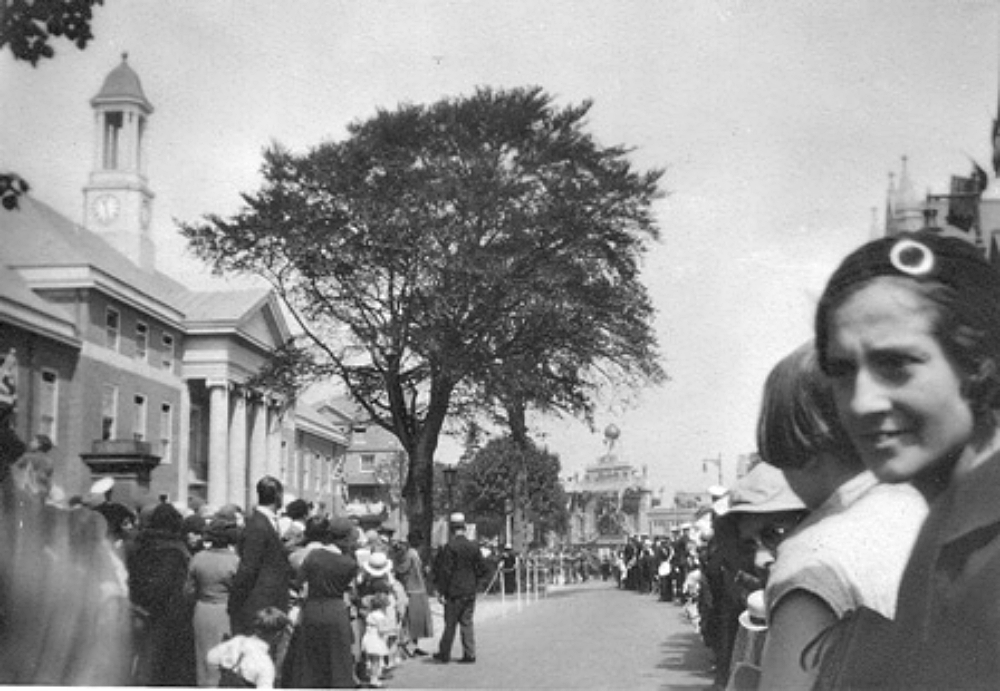Rumours of my death have been greatly exaggerated
WFC, of Lancing, asks if the Victoria Cross had ever been awarded to a local man. So far as I have been able to ascertain, the answer is no. But there was a recipient of the Victoria Cross who worked in Worthing, doing a rather unexpected job.
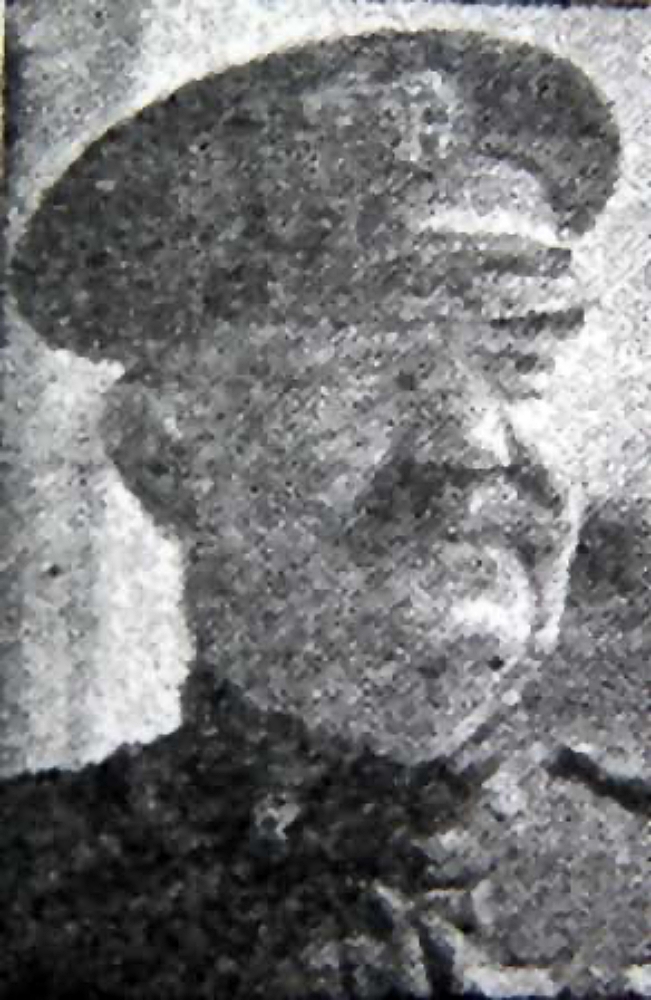
DURING the first half of the 20th century, almost every VIP who visited Worthing stayed or dined at the prestigious seafront Warnes Hotel.
They included Winston Churchill, Emperor Haile Selassi of Ethiopia and his family, Field Marshal Lord Montgomery, General (later, President) Eisenhower, King Edward VII, King George V, John Philip Sousa, the famous American bandmaster and composer of The Stars and Stripes, and more film stars than I care to mention.
Everything about the Warnes Hotel had a cachet that was difficult for competing local hoteliers to rival. And, in the early 1930s, they even had as a commissionaire someone who was a legendary recipient of the Victoria Cross.
Meeting and greeting the good and the great at the front door of the hotel – and opening the doors of their limousines – was former army sergeant William Kenny, VC.
In 1933, when Prince George stayed at the Warnes, he stopped and had a long chat with Kenny, delaying the booking-in of his tired entourage for several minutes. Kenny was a great character.
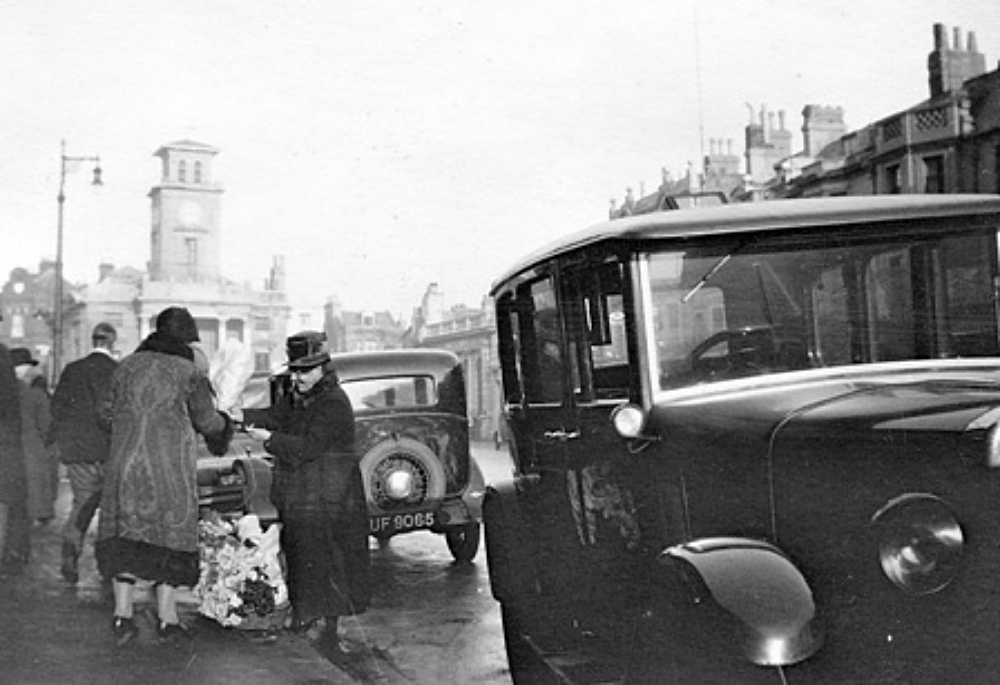
He even had the distinction of living to read a report of his own death – the premature report being printed in an Irish newspaper during 1917.
Sergeant Kenny’s Victoria Cross was awarded “for conspicuous bravery” in the first year of World War One. According to the official citation in the London Gazette: “He rescued wounded men on five occasions under very heavy fire, in the most fearless manner, having twice previously saved machine guns by carrying them out of action.
“On numerous occasions, Drummer Kenny conveyed urgent messages under very dangerous circumstances over fire-swept ground.”
Besides the ultimate ribbon commemorating his bravery, commissionaire Kenny also proudly wore four other medal ribbons on his smart Warnes Hotel commissionaire’s uniform, having been awarded two decorations by South Africa, the Delhi Durbar medal for his service in India and the Order of St George (second-class) by Russia.
“And that,” his employer, George Warne, was quoted as saying, “was the only second-class thing we ever knew about William Kenny.”
The Worthing that Victoria Cross recipient William Kenny knew in the years between the two world wars was photographed by the Rev Frank Hooper, who spent several holidays in the town during the early 1930s. Using the simplest Kodak box camera, bought for the equivalent of 25p in today’s money, he made a set of photographs that to historians are priceless.
GALLERY
